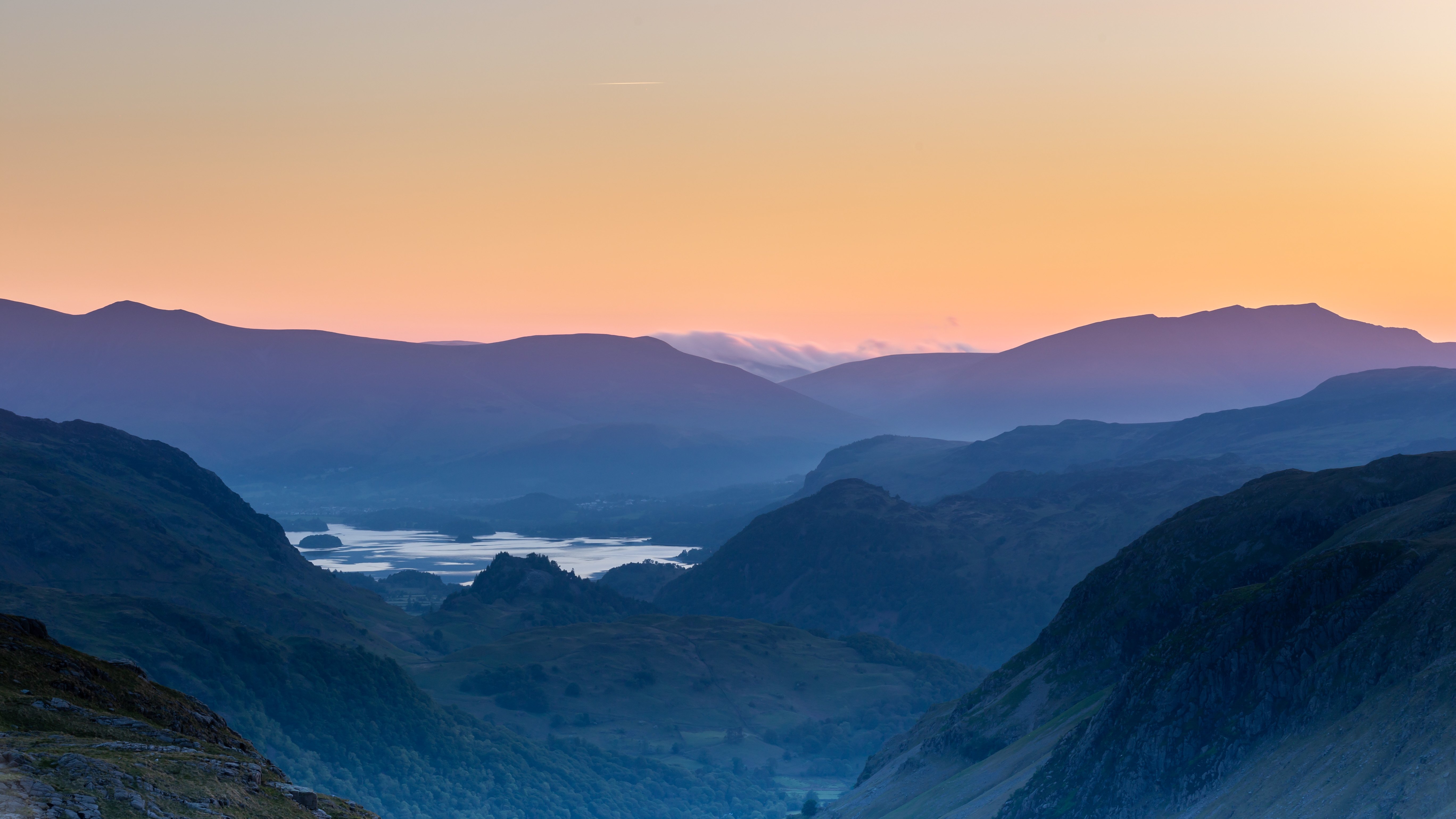
TRAVEL
Become an expert reviewer for the Newton Prize
MARTIN LYLE – 12 MIN READ
Cursing ourselves for leaving late we meet with the usual morning rush of slow moving pilgrims, volatile cows, eager stray dogs and horn honking motorbikes as we flit though the city’s grubby, maze-like, passages. Varanasi, in Northern India, is the oldest and holiest of all Indian cities, drawing Hindu pilgrims in droves to bathe in the holy Ganges River or cremate their departed loved ones. Words alone fail to capture the essence of this complex place, which is in equal measure beguiling, disgusting, photogenic and frustrating. It seems fitting then, that Varanasi is where we will learn more about the magic elixir that is chai. A drink over which wars have been fought and countries conquered.
Many people assume that chai and the chai stall is a longstanding tradition in India but it’s actually a relatively new phenomenon in the country’s long history. Although native tea plants grew wild in India, used primarily for cooking, it was during British rule in the 19th Century that commercial tea cultivation began, as part of a bid to break China’s monopoly of the industry. Not until well into the 20th Century, when producers sought to capture the Indian domestic market because of falling sales in Britain, did tea rise to become the drink of the masses in India.


Cursing ourselves for leaving late we meet with the usual morning rush of slow moving pilgrims, volatile cows, eager stray dogs and horn honking motorbikes as we flit though the city’s grubby, maze-like, passages. Varanasi, in Northern India, is the oldest and holiest of all Indian cities, drawing Hindu pilgrims in droves to bathe in the holy Ganges River or cremate their departed loved ones. Words alone fail to capture the essence of this complex place, which is in equal measure beguiling, disgusting, photogenic and frustrating. It seems fitting then, that Varanasi is where we will learn more about the magic elixir that is chai. A drink over which wars have been fought and countries conquered.
Many people assume that chai and the chai stall is a longstanding tradition in India but it’s actually a relatively new phenomenon in the country’s long history. Although native tea plants grew wild in India, used primarily for cooking, it was during British rule in the 19th Century that commercial tea cultivation began, as part of a bid to break China’s monopoly of the industry. Not until well into the 20th Century, when producers sought to capture the Indian domestic market because of falling sales in Britain, did tea rise to become the drink of the masses in India.
Many people assume that chai and the chai stall is a longstanding tradition in India but it’s actually a relatively new phenomenon in the country’s long history. Although native tea plants grew wild in India, used primarily for cooking, it was during British rule in the 19th Century that commercial tea cultivation began, as part of a bid to break China’s monopoly of the industry. Not until well into the 20th Century, when producers sought to capture the Indian domestic market because of falling sales in Britain, did tea rise to become the drink of the masses in India.

Cursing ourselves for leaving late we meet with the usual morning rush of slow moving pilgrims, volatile cows, eager stray dogs and horn honking motorbikes as we flit though the city’s grubby, maze-like, passages. Varanasi, in Northern India, is the oldest and holiest of all Indian cities, drawing Hindu pilgrims in droves to bathe in the holy Ganges River or cremate their departed loved ones. Words alone fail to capture the essence of this complex place, which is in equal measure beguiling, disgusting, photogenic and frustrating. It seems fitting then, that Varanasi is where we will learn more about the magic elixir that is chai. A drink over which wars have been fought and countries conquered.
Many people assume that chai and the chai stall is a longstanding tradition in India but it’s actually a relatively new phenomenon in the country’s long history. Although native tea plants grew wild in India, used primarily for cooking, it was during British rule in the 19th Century that commercial tea cultivation began, as part of a bid to break China’s monopoly of the industry. Not until well into the 20th Century, when producers sought to capture the Indian domestic market because of falling sales in Britain, did tea rise to become the drink of the masses in India.
Lorem ipsum dolor sit amet, consectetur adipiscing elit, sed do eiusmod tempor incididunt ut labore et dolore magna aliqua. Ut enim ad minim veniam, quis nostrud exercitation ullamco laboris nisi ut aliquip ex ea commodo consequat.
Cursing ourselves for leaving late we meet with the usual morning rush of slow moving pilgrims, volatile cows, eager stray dogs and horn honking motorbikes as we flit though the city’s grubby, maze-like, passages. Varanasi, in Northern India, is the oldest and holiest of all Indian cities, drawing Hindu pilgrims in droves to bathe in the holy Ganges River or cremate their departed loved ones. Words alone fail to capture the essence of this complex place, which is in equal measure beguiling, disgusting, photogenic and frustrating. It seems fitting then, that Varanasi is where we will learn more about the magic elixir that is chai. A drink over which wars have been fought and countries conquered.
Many people assume that chai and the chai stall is a longstanding tradition in India but it’s actually a relatively new phenomenon in the country’s long history. Although native tea plants grew wild in India, used primarily for cooking, it was during British rule in the 19th Century that commercial tea cultivation began, as part of a bid to break China’s monopoly of the industry. Not until well into the 20th Century, when producers sought to capture the Indian domestic market because of falling sales in Britain, did tea rise to become the drink of the masses in India.

Cursing ourselves for leaving late we meet with the usual morning rush of slow moving pilgrims, volatile cows, eager stray dogs and horn honking motorbikes as we flit though the city’s grubby, maze-like, passages. Varanasi, in Northern India, is the oldest and holiest of all Indian cities, drawing Hindu pilgrims in droves to bathe in the holy Ganges River or cremate their departed loved ones. Words alone fail to capture the essence of this complex place, which is in equal measure beguiling, disgusting, photogenic and frustrating. It seems fitting then, that Varanasi is where we will learn more about the magic elixir that is chai. A drink over which wars have been fought and countries conquered.
Many people assume that chai and the chai stall is a longstanding tradition in India but it’s actually a relatively new phenomenon in the country’s long history. Although native tea plants grew wild in India, used primarily for cooking, it was during British rule in the 19th Century that commercial tea cultivation began, as part of a bid to break China’s monopoly of the industry. Not until well into the 20th Century, when producers sought to capture the Indian domestic market because of falling sales in Britain, did tea rise to become the drink of the masses in India.
by MARTIN LYLE
Share this post

REGISTER
Become an expert reviewer for the Newton Prize
MARTIN LYLE – 12 MIN READ
The next Democratic Presidential Debate is December 19, 2019. Previous debates have devoted mere minutes to the topic of nuclear weapons. Here’s what the candidates have said about nuclear weapons.

REGISTER
Become an expert reviewer for the Newton Prize
MARTIN LYLE – 12 MIN READ
The next Democratic Presidential Debate is December 19, 2019. Previous debates have devoted mere minutes to the topic of nuclear weapons. Here’s what the candidates have said about nuclear weapons.






